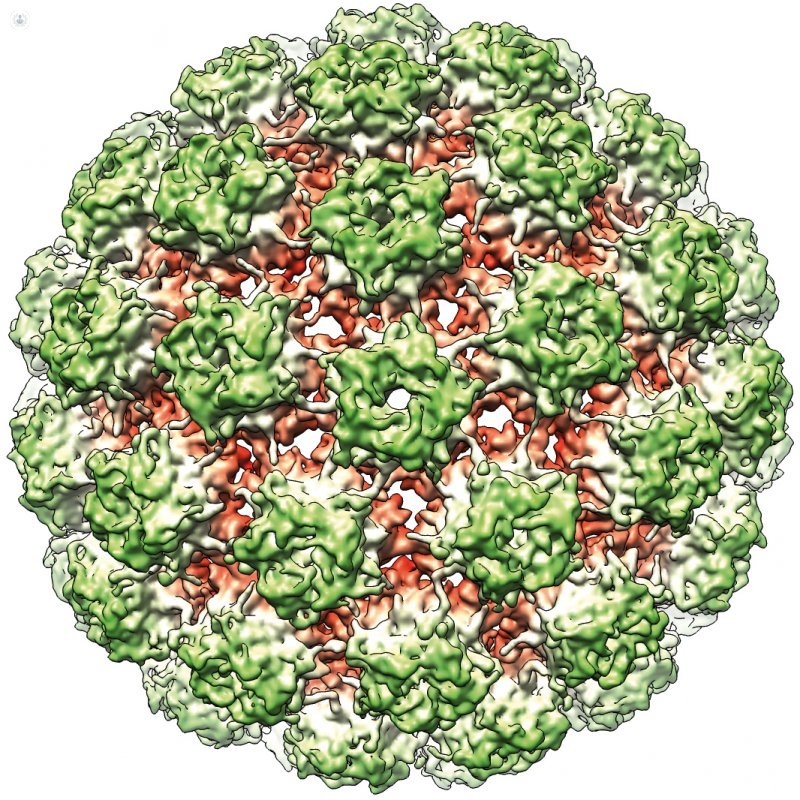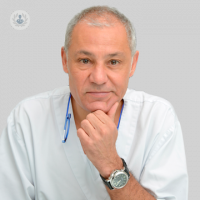Human Papillomavirus (HPV)
The human papillomavirus (HPV) is a virus that infects the skin and mucous membranes in humans. There are over 100 different types, most of them harmless, but some are associated with an increased risk of cervical cancer or dysplasia (abnormal cell changes in the surface of the cervix). These are acquired through sexual contact with an infected partner, and can be low risk or high risk. The low-risk types can cause genital warts. The high-risk can cause cervical, vulva, vagina and anus cancer in women; and cancer of the penis and anus in men. It is possible that the affected person has no symptoms; in the case of women, regular Pap smears can detect changes in the cervix that may end up leading to cancer. There is no cure for HPV. The treatment of cervical dysplasia that does not go away, may include surgery to remove the abnormal tissue.















